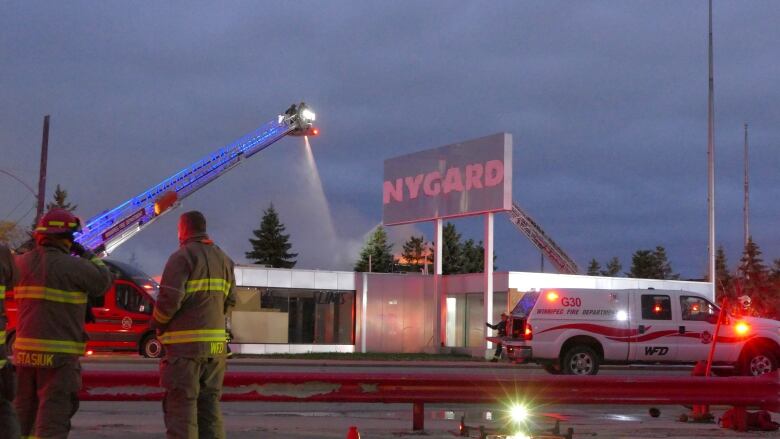Precision machining is the technique of conducting operations under the tightest tolerances even using the best feature of a tool, software, engineering talent, or piece of system so that you can push the bounds of layout feature creation and materials technological know-how. Precision machining is essentially the elimination of greater raw fabric from a product.
This is often a workpiece and diverse gadgets and units are hired during. This finished product becomes machined with ‘precision’ since it became made to particularly specific tolerances and requirements visit the website to learn more about precision machining. All sizes of finished components are produced with the usage of precision machining. Micromachining is used to create additives as small as 0.11811 inches in diameter and as massive as 24 inches.
How A Whole Lot Does Precision Machining Value Normal?
Precision machining regularly has an approximate cost, however, this is tough to decide because there are such a lot of variables. CNC machining is made of several separate parts, each of which has several charges. In precision machining gadgets, for instance, the number of axes can be customized.
While hourly costs are in comparison, a multi-axis machine may be 3 times more expensive than a 3-axis gadget. Different prices consist of the price paid to the fashion designer for the pc Aided production (CAM) format, the precision machinist’s hourly labor value dependent on the talent stage, and more.
What Equipment Is Used in Precision Milling?
This partially relies on the substance being utilized. For the majority of materials, 3-axis to 5-axis CNC milling, lathe, saw, and grinder machines are used. All of these are largely CNC-controlled machinery run by exceptionally skilled, knowledgeable workers.
The finished, high-tolerance parts may occasionally be produced using robotics and photochemical techniques. The material, the finished part’s size, complexity, finish, and other factors will all influence the tool that is used because each tool has a different set of capabilities.
Precision and Non-Precision Machining
The manufacturing and shaping of components and additives may be performed using both precision machining and non-precision machining, even though they fluctuate basically in phrases of accuracy, tolerances, and the diploma of precision they can attain. These are the main versions of the two:
Tolerance and Accuracy
To acquire exceedingly tight tolerances and high ranges of accuracy, precision machining makes use of specialized equipment and tools. So one can ensure that the finished elements satisfy extraordinarily specific criteria and that precision machining operations are meticulously regulated.
However, non-precision machining is employed whilst a lesser stage of accuracy is suitable for the meant utility and regularly calls for less stringent tolerances. These methods may be employed for parts, along with in some car or creation components, wherein dimensional accuracy is not as essential.
Equipment and Tooling:
Precision machining calls for stylish, regularly laptop-managed equipment like CNC (computer Numerical control) machines. These gadgets offer an excessive diploma of repeatability for doing difficult duties always and appropriately.
Non-precision machining may also require less difficult gadgets and tools. While nonetheless, capable of producing beneficial parts, those machines could not offer the same degree of accuracy and reproducibility as precision machining equipment.
Industries and Applications:
Precision machining is broadly hired in sectors where even minute dimensional deviations can bring about product failure or protection problems. Aerospace, scientific systems, electronics, and satisfactory-tuned devices fall within this class.
Whilst realistic usability and price-effectiveness are greater vital than particular tolerances, non-precision machining is regularly used. These consist of the rural, car, and fashion production industries.
Materials and Complexity:
Precision machining: Precision machining is capable of operating with a ramification of substances, which includes state-of-the-art polymers and rare alloys. Additionally, it works properly for delicate pieces with complex shapes.
Non-Precision Machining: Non-precision machining is frequently used to supply less difficult parts and additives from substances like metallic or aluminum that are broadly to be had.
Conclusion
Whilst non-precision machining is on the whole involved with manufacturing functioning parts with laxer dimensional constraints, precision machining is focused on obtaining extremely tight tolerances and excessive levels of accuracy. The man or woman’s necessities of the utility and the applicable industry requirements determine whether precision or non-precision machining has to be used.











